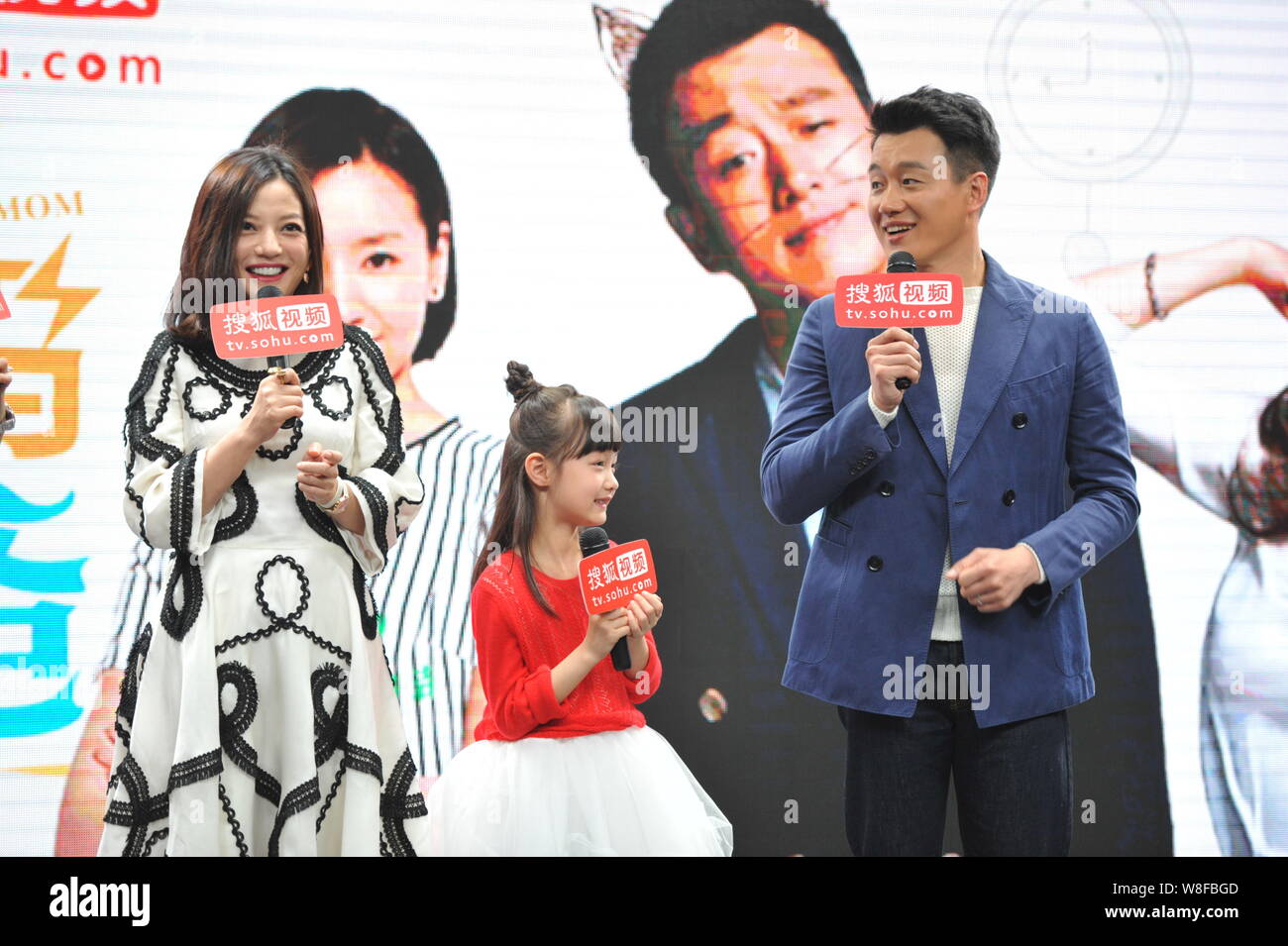
High school students earn credit for culture and language classes. They include painting, music, calligraphy, Kung-Fu, folk dance, basketball, table tennis and badminton. Most classes are offered on weekends and evenings.

Volunteers play a critical role, contributing 20,000 hours last year. More than 700 families are members of the association. It includes a gym with two full-size basketball courts. The $6.8 million white building – with a nod to Chinese architecture with its upturned roof – was completed in 2005. While similar institutions recently saw declining enrollment, her school grew.Ĭelebrating its 35th year, the school started with fewer than 40 students and rented space at Irvine’s University High School. Beijing named Chen’s school one of the two best Chinese schools in California.Ĭhen became principal at Irvine Chinese School in 2008. Learning to improve is an important concept.”Įven the Chinese government agrees that Chen’s practices are to be rewarded. “You know you have room to improve when you get less than 100 percent. Still, Chen’s high expectations are apparent when she tells me there’s nothing wrong with getting a 90 percent on a test. But she also sees differences among children and their willingness to work. In an interview at the sprawling Chinese School campus, Chen, too, stresses the importance of study and hard work. To get good at anything, you have to work, and children on their own never want to work, which is why it is crucial to override their preferences.” Tiger Mom states: “What Chinese parents understand is that nothing is fun until you’re good at it. With China’s economy rocketing past that of the United States, President Obama called it a “Sputnik moment.” Shanghai students were tops in all three disciplines. American students ranked near the middle of 65 developed countries and regions in reading (17th), math (31st) and science (23rd). The Program for International Student Assessment released its annual report in December. Digital capitals such as Silicon Valley and Orange County indicate that American graduates are among the world’s best at innovation.īut it’s a different story with reading, math and science.Īnd that’s where Chen and Chua move closer together. Here’s Chen’s take: Playing video games can be a valuable learning experience (she points out universities are adding interactive media divisions), sports teaches teamwork and leadership, and having time to think and reflect is critical to a creative workforce.Ĭhen may have some important points, particularly about creativity. 1 student in every subject except gym and drama. Here are a few things the Yale professor stated she didn’t allow her children to do: Attend a sleepover, have a play date, be in a school play, watch TV, play computer games, choose their own extracurricular activities, not be the No. Chen leans more toward slacks, shirts and comfy vests.

Chua’s signature attire is pleated skirts. Chen talks about the importance of helping children develop “their God-given talents.”Įven their vibe is different. Tiger Mom stresses academic achievement over everything else. The principal encourages her daughter to play basketball at the public school she attends. The book’s author dismisses sports in favor of academic drills. Chen’s artistic son is enrolled at Orange County High School of the Arts. Tiger Mom disparages the arts outside of playing piano and violin. Chen’s are a seventh-grade boy and a sixth-grade girl.īut in many respects, Chen is the polar opposite of Amy Chua, the Yale Law School professor who wrote “Tiger Mother.” Like the author of “Tiger Mother,” Chen has two children. Chinese educator takes on ‘Tiger Mom’ – Orange County Register Close Menu


 0 kommentar(er)
0 kommentar(er)
